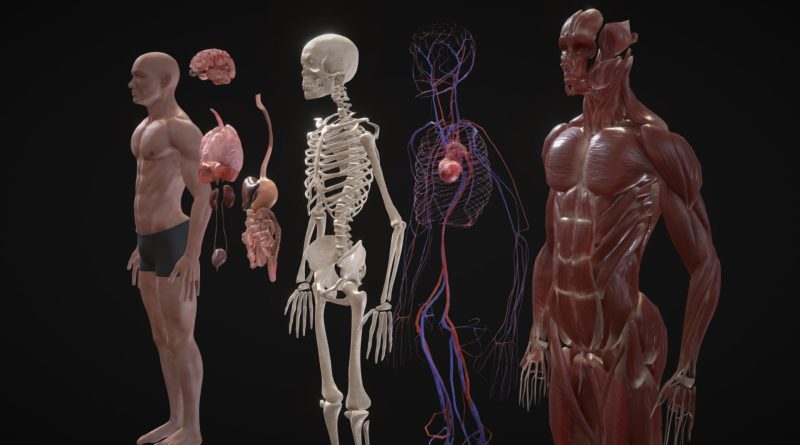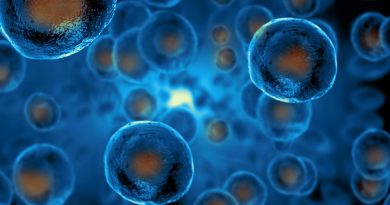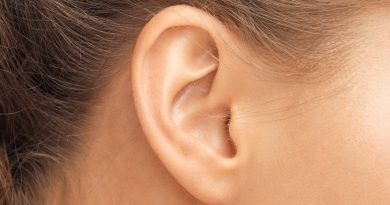Even though they may seem useless, these 8 body parts are actually very important.
“Know yourself,” as the Greeks used to say. It was probably meant a little more philosophically than we’re taking it, but it’s a lot of fun to learn how and why your body is put together the way it is.
We’ve all looked at our fingers and toes in the bath and thought they looked like prunes. We’ve all looked at that strange piece of flesh in the back of our throats.
We’ve all known someone who had to get their appendix out quickly, or we’ve been that person. They say, “It’s fine, the appendix is useless anyway.”
But our bodies are amazing machines, and while we may no longer need some of their parts, there isn’t much in them that serves no purpose.
And what about the things we no longer need? They show where we’ve been and show that we’re still changing even now.
1. Your appendix
It turns out that the appendix, that strange structure attached to the colon that seemed to serve no purpose other than to sometimes get inflamed, isn’t just a leftover from evolution after all.
Recent research has shown that it may be an important part of our immune systems because it is home to good bacteria that help us fight off infections. You did a good job, buddy!
2. That additional ear hole
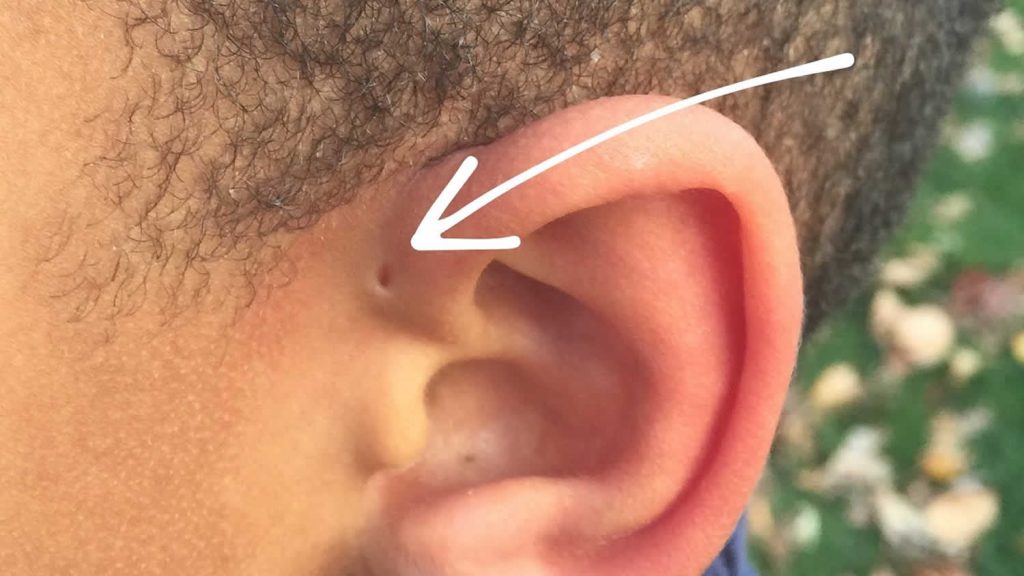
If you look at your ears closely, you might see a small extra hole where the helix meets the side of your head.
This is called the preauricular sinus, and only a small number of people have them. It is actually a rare birth defect that Van Heusinger first wrote about in 1864.
We don’t know why we have them, but Neil Shubin, an evolutionary biologist at the University of Chicago and the Field Museum of Natural History, thinks they’re a holdover from when we used to breathe like fish.
3. Wrinkly fingers

If you spend too much time in the pool, your fingers and toes will start to look a little bit like raisins. A 2013 paper in the journal Biology Letters suggests that this might not be a waste of time.
They did some tests and found that wrinkled fingers were much better at manipulating underwater objects than smooth fingers. This suggests that wrinkled fingers give us a better grip when handling objects or walking on wet surfaces.
Makes sense, doesn’t it?
4. Junk DNA
We have a lot of DNA in our bodies that didn’t seem to do much until recently.
It doesn’t make proteins and seems to make us more likely to get hurt or sick, but it is a big part of our genome. Evolution would have started getting rid of this “junk DNA” if it wasn’t useful in some way, but that hasn’t happened yet.
Researchers may have figured out what it’s for recently: it keeps our genome together by making sure that our chromosomes are in the right place in the nuclei of our cells. Without that function, cells die, so “junk” DNA might not be so useless after all.
5. “Useless” immune cells
Nobody knew what these immune cells in our bodies were for.
It was a big mystery because these “silenced” lymphocytes are found in large numbers in our bodies and only seem to attack the body in autoimmune diseases. It looks like a risk, doesn’t it?
It’s not, though. It turns out that the cells are a new type of immunity that we didn’t know about before. They attack dangerous infections that would normally get away from the immune system because they look like they belong there. A pretty good way to protect yourself, wouldn’t you say?
6. Bugs in the gut
There’s a reason why experts recently said we should all start using the royal “we” to talk about ourselves.
In recent years, scientists have learned that the microbes that live in us, especially in our intestines (our microbiome), work together for our benefit. These microbes have a much bigger impact on our lives than we thought.
Multiple sclerosis, Parkinson’s disease, cancer, and chronic fatigue syndrome have all been linked to them, which means they may be pretty important. But they also seem to control other things, like how hungry we are and even how we feel.
7. Interstitium
We may have an organ wrapped around other organs, and it has been hiding in plain sight all this time. The newly named organ is called the interstitium. Before, scientists just thought it was a kind of solid tissue that filled the space between our organs and wasn’t very interesting.
It is actually filled with fluid and held together by a lattice of collagen. It helps protect our organs from shocks from the outside as we move, kind of like how air cushions in running shoes protect our feet.
8. The pink bit in your eye
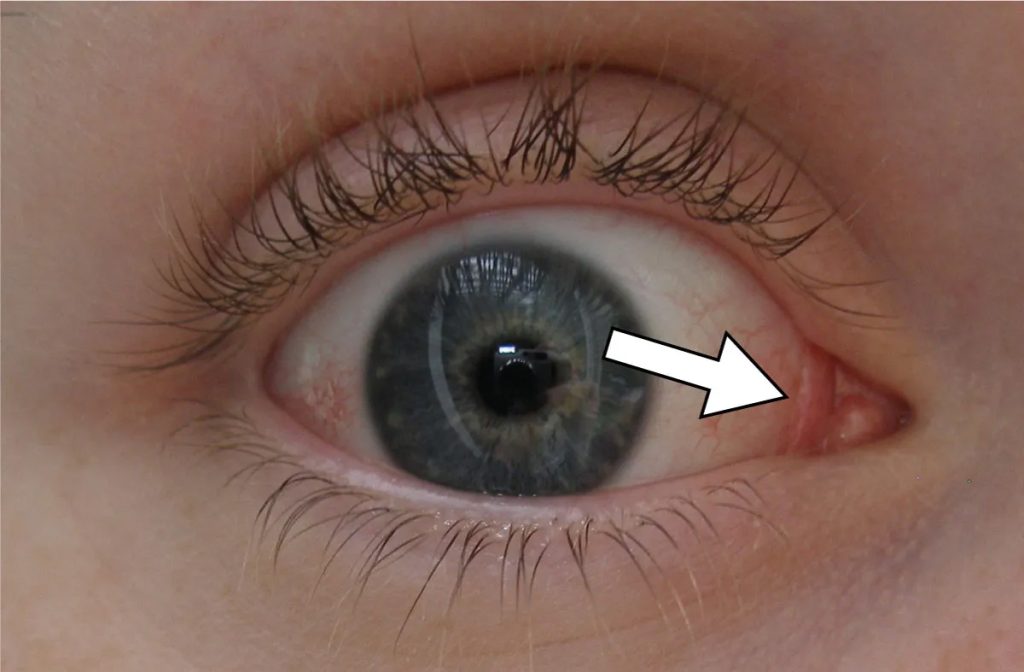
If you look in the mirror, you’ll see a tiny bit of pink conjunctival tissue in the corner of your eye. This is called the plica semilunaris, and its main job these days is to help drain tears and move the eyeball.
But once upon a time, it was a nictitating membrane, which we now call a third eyelid. It was a clear eyelid that could be pulled over the eye to keep it moist and safe while still letting some light in.
If you have a cat or dog, you may have noticed that they have a third eyelid when they sleep. Humans and most other primates no longer need this trait, so it went extinct a long time ago. However, we still have a small lump of tissue that is left over from when we did need it.
The second known case of a nictitating membrane in a human was reported by doctors last year. A girl who was nine years old had a membrane that wouldn’t go away over her left eye. It was taken out by surgery, and her eye was fine afterward.
